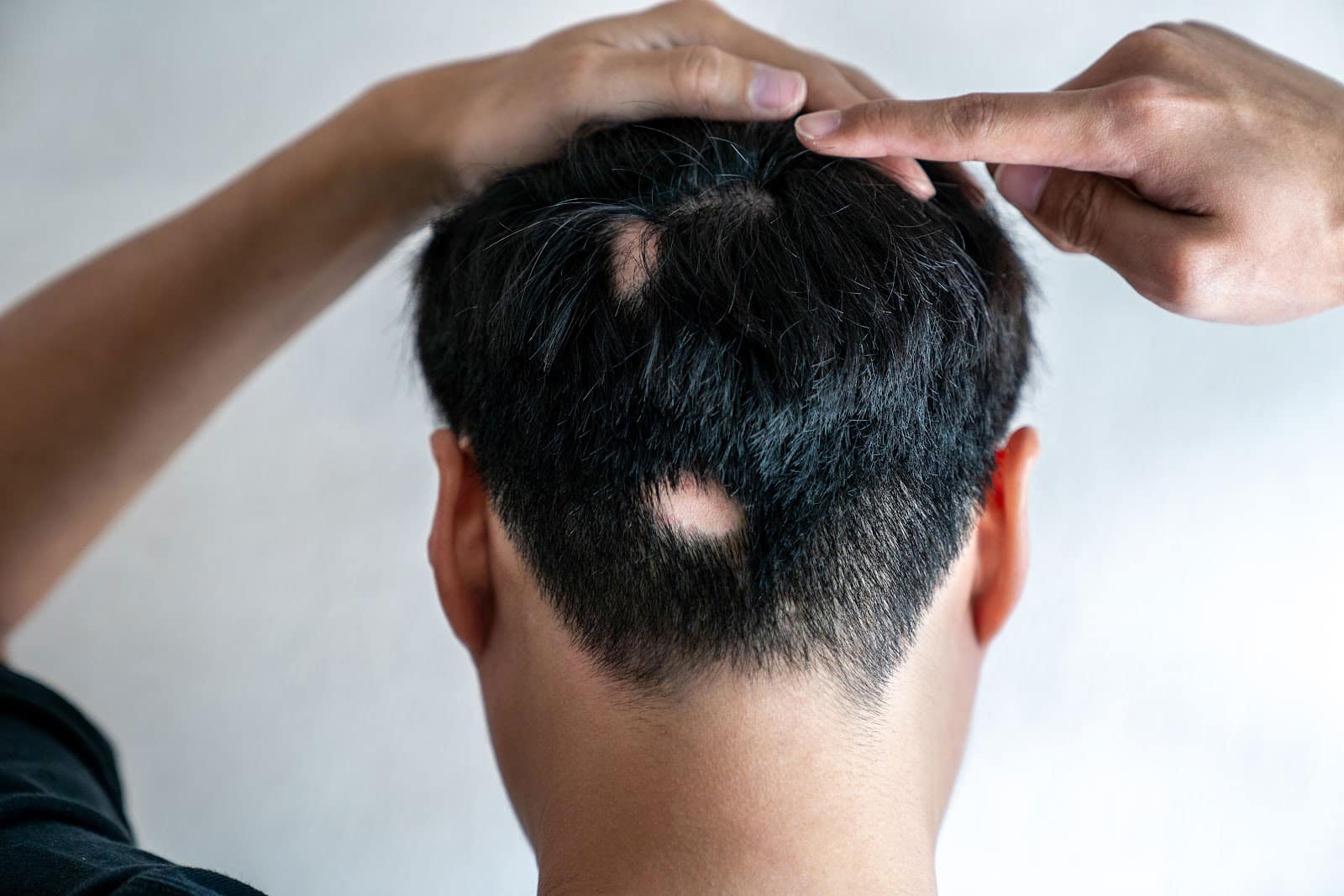Types Of Hair Loss And How To Prevent It

Types Of Hair Loss And How To Prevent It
If you are finding clumps of your prized hair strands on the drain after showering and wondering if you have a hair loss problem, yes, it’s time to be concerned. While it may be normal to lose 50 to 100 hairs a day, the truth is that most of it typically goes unobserved. By the time you actually notice an abnormal amount of hair stuck in your hairbrush or littered all over your pillow in the morning, your scalp is crying for help. Seek out effective hair loss solutions, pronto!
Types of Hair Loss
Hair loss, or alopecia, can be temporary or permanent, and caused by a variety of factors including hormonal fluctuations, biological ageing, hereditary factors, poor lifestyle choices or sudden stress. The good news is, it’s possible to prevent premature thinning, delay the onset of hair loss or help control the severity of excessive shedding by implementing a good scalp care regime, or by seeking professional treatment early. Here are the types of hair loss you’re most likely to face:
- Alopecia areata is typically sudden and temporary – most people who experience this have their hair grow back within a few years. Those with this problem will experience patchy hair loss and sometimes even total baldness.
- Telogen effluvium refers to a temporary hair thinning all over the scalp. This typically occurs because of changes in the growth cycle of hair, which has different phases. When a great number of hairs enter the resting phase at the same time, excessive hair shedding occurs, resulting in thinning.
- Trichotillomania takes place when a person pulls out one’s own hair excessively, resulting in bald patches. This is a psychological disorder, and can be temporary unless hair follicles are permanently damaged from the constant hair tugging.
- Scarring alopecia, which occurs because of inflammation or skin disorders, can result in the permanent loss of hair. This includes conditions such as scalp acne, folliculitis, auto-immune issues or bacterial infections. The resultant scars destroy the hair’s potential for regeneration, leading to irreversible hair loss.
- Androgenic alopecia, or male/female pattern baldness, is a genetic condition that can affect both men and women. For men, it typically starts with a receding hairline and loss of hair from the crown. In women, you’ll typically experience hair loss near your parting, temples or a gradual thinning all over the scalp.
Signs of Hair Loss – or When to Seek Professional Help
Hair loss is not always permanent. The earlier you seek help, the higher the chances of you restoring your youthful, crowning glory! Here are some signs and symptoms of hair loss that you should sound the alarm about.
You have chronic dandruff, oily scalp, itchy scalp.
If you have long-term battles with scalp disorders like dandruff and flaking, or itchiness that won’t go away, and no products seem to work, definitely seek out professional advice and treatment. Correcting scalp imbalances and problems early can prevent the condition from degenerating and save your precious locks.
You notice bald patches.
Concentrated spots or coin-sized patches of hair loss are a clear indicator that something is wrong. Sometimes, those areas of the scalp may feel itchy or painful before the hair falls out.
Your hair comes out in clumps.
If you run your fingers through your hair and you find yourself effortlessly removing clumps of hair instead of just individual strands, it’s time to pay attention, because you may have a serious case of hair thinning.
Your parting has widened and your scalp is more visible
While men tend to see a receding hairline, women typically lose hair more evenly throughout the scalp. This means that you may notice a broader parting and see more of your scalp at the crown of your head, or near your temples when your hair is pulled back.
Your ponytail has shrunk.
Do you find yourself looping your hair elastic one or two more turns than before? If your ponytail or top knot is feeling thinner than you’re used to, you may be experiencing excessive hair fall.
You notice more hair on your pillow
If, along with one or more of the above, you are finding more hair on your pillow, on the shower drain after shampooing or in your hairbrush, it may be a cause for concern and time to seek out professional help or try out a hair growth shampoo.

How to Prevent Hair Loss
At Home – Embark on a proper, daily regime that will help to control hair fall, improve scalp health, optimise hair growth cycles, and protect the scalp and hair against external damage. Because male and female hair loss manifest differently, and can be caused by different reasons, it’s a good idea to seek out high-quality anti-hair loss products customised for men and women respectively.
See FEM and HOM homecare collections for hair fall control tailored to your needs. For severe hair loss, look no further than MIRACLE STEM CELL SOLUTION, a science-backed treatment with proven effectiveness for hair regrowth. Developed by bioscientists, trichologists and medical specialists, MIRACLE STEM CELL SOLUTION taps into your potential for healthy, new hair growth with the use of patented SigGrow™ cell signalling technology. Backed by cutting-edge stem cell science, this works to awaken inactive and formant follicle stem cells, aiding their self-regeneration to revive hair follicles, restore healthy hair growth cycles and hair regrowth. The treatment also delivers vital nutrients for robust hair growth.
Experience a first trial with an exclusive promotional price of $68 (U.P. $415).

